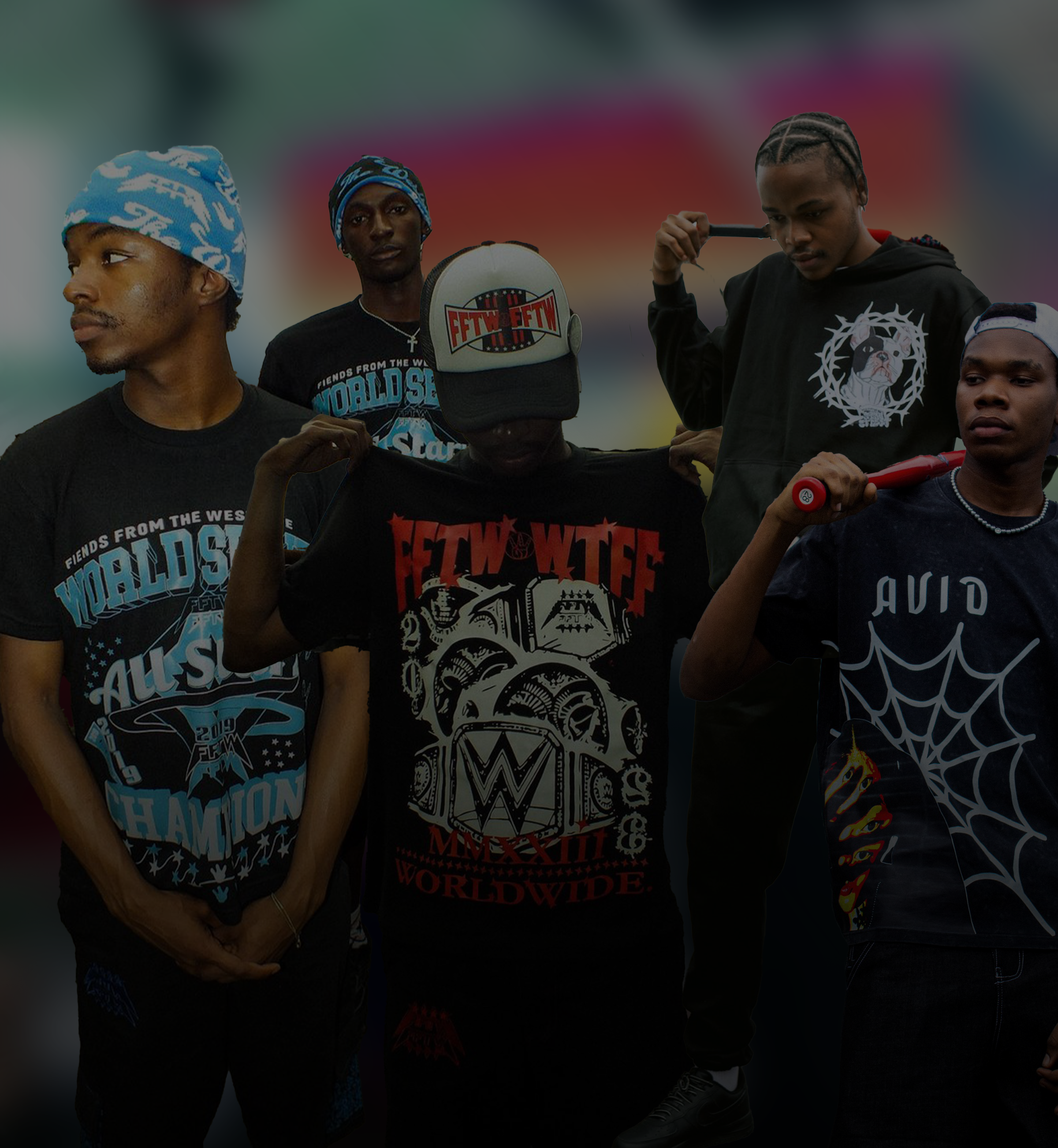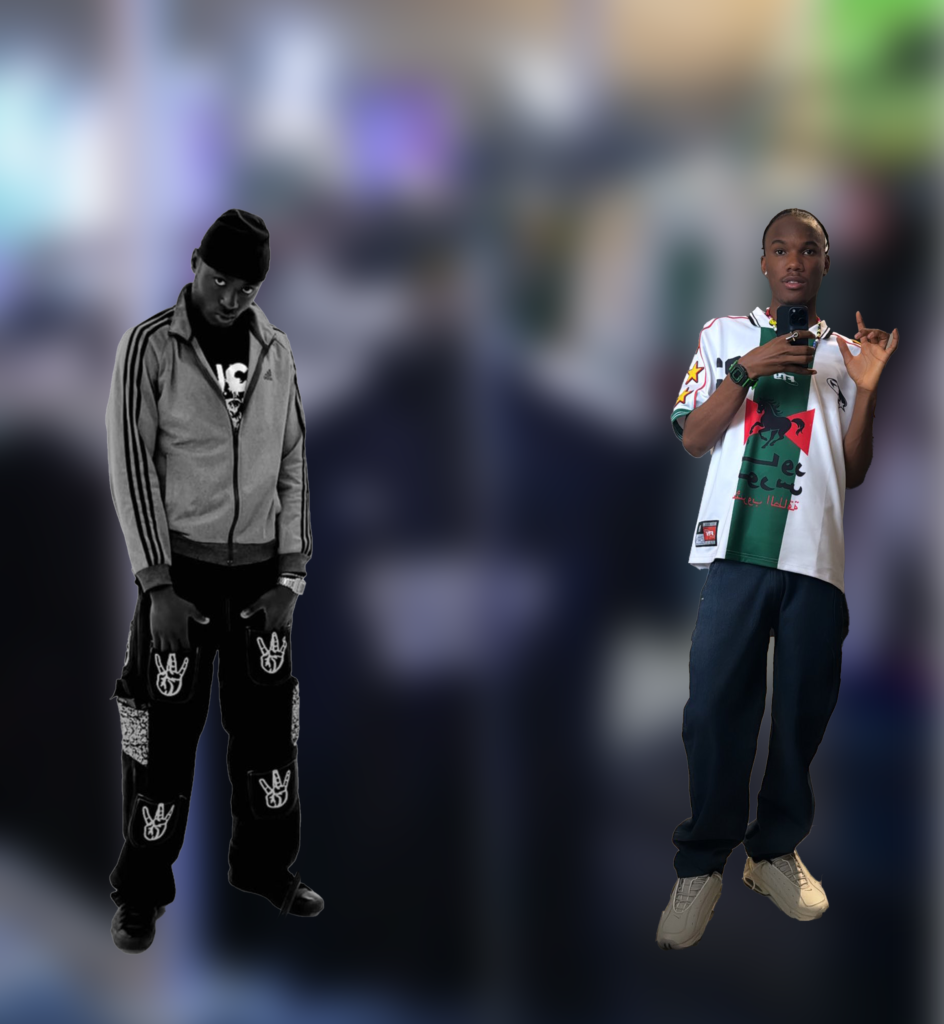
Streetwear fashion is a powerful global phenomenon deeply rooted in youth culture, music, and urban lifestyles. Leveraging advanced technology and innovative production methods is crucial for the industry’s success. Nigeria’s streetwear scene encounters significant challenges due to this. The technological divide is stark, with Nigerian brands struggling to keep pace due to inadequate infrastructure and economic instability. This article delves into the impact of this divide on Nigeria’s streetwear industry, highlighting the perspectives of local brand owners and exploring potential pathways to bridge this gap.
In countries with advanced and progressive economies, the integration of cutting-edge technology and, most importantly, access to this technology has revolutionized the industry. Sophisticated supply chains have enabled rapid production, high-quality output, and creative freedom. This technological integration has not only reduced costs but also fostered innovation, allowing brands to experiment with unique designs and materials.
In contrast, Nigeria’s streetwear industry is constrained by significant technological limitations. The country’s inadequate infrastructure, including unreliable electricity and limited access to modern manufacturing equipment, hampers production efficiency. Many Nigerian brands rely on processes that are labor-intensive and time-consuming, making it difficult to compete with international counterparts. We sat down to talk about some of this issues with two brand owners in Nigeria; Kareem and Tomiwa.

Speaking with Kareem Shakur, owner of FFTW, a streetwear brand based in Lagos, he shared his challenges:
“Oh, the production process is really something. We are really not at the levels we think we are, so far behind on a lot, and the economy doesn’t help matters. It’s like a virus to the creative mind. In the end, we always have to make money, so I usually have a good markup based on the present production costs while also maintaining the quality.“
Sourcing high-quality materials is a major challenge for Nigerian streetwear brands. Many local designers struggle to find reliable suppliers within the country, leading to dependence on expensive imports. This not only increases production costs, which eventually affects the selling price of brands, but also limits the ability to experiment with new materials and techniques. According to Kareem:
“Oh yes, some select pieces can’t be made to my taste here in Nigeria, maybe I’m underexposed, not sure. In those situations, we manufacture the pieces abroad. I’ve never regretted it.“
Tomiwa, owner of AVID, also based in Lagos, expressed a similar sentiment:
“Production is the most difficult stage for a Nigerian brand, especially when your brand depends solely on locally made materials, which fluctuate in quality. Having to source for manufacturers and suppliers internationally now affects the pricing of the product because you have to spend more on production with international manufacturers.“
Tomiwa also adds:
“Exploring alternatives is a priority when your brand keeps growing. International suppliers and sources help make your brand stand out. It may cost more on production, but it’s worth it.“
Nigeria’s volatile economy also exacerbates these challenges. Fluctuating currency values and high inflation rates make it difficult for brands to maintain stable pricing and plan long-term investments. Economic instability also affects consumer purchasing power, making it harder for brands to justify higher prices necessary to cover increased production costs.
Despite these obstacles, Nigerian streetwear brand owners like Kareem and Tomiwa remain optimistic about the future. Kareem emphasizes the need for improvements to keep up: “We’re passionate about our designs; we need more investments, more platforms, and accessibility for most.” but he is however grateful for the easy access to social media, which allows him to market and compete even in this tough climate. He believes that social media helps bridge the gap a little. “The challenges are tasking, but we have to keep going. We have the internet and word of mouth; we receive lots of feedback. The good sometimes far outweighs the bad. I guess anomalies can be allowed, eh? 🙂 We find ways to sort it out,”
Various concerted efforts are indeed needed from both the government and the fashion community which include;
1. Improving Infrastructure: Reliable power supply is crucial. Better infrastructure would enable manufacturers to operate modern machinery efficiently.
2. Access to Financing and Resources: Providing access to financing and resources for local brands can help them invest in themselves as artists. Partnerships with international organizations can provide the necessary support for growth and innovation.
3. Collaboration and Knowledge Sharing: Encouraging collaboration among local brands evidently leads to shared resources and knowledge. Creating platforms for designers to exchange ideas, techniques, and best practices can foster a more innovative and competitive industry
Tomiwa adds more on the need for close collaboration: “Collaborating closely with suppliers to ensure the quality of raw materials and components is essential. Establishing clear quality requirements with suppliers and conducting periodic quality audits helps curb issues with the standard of production.“
The technological divide in streetwear fashion is a significant barrier for Nigerian brands, but it is not insurmountable. By addressing these issues, Nigeria can pave the way for a vibrant and competitive industry. Kareem is optimistic about the future of the scene in Nigeria: “It has a lot of potential with our rich cultural heritage, our ability to adapt to situations and tap into different energies. I think if we are given the opportunity, we would take over the world. We are getting there, just a matter of time. We are sitting on a gold mine.“
The resilience and creativity of local designers offer hope for a future where Nigerian streetwear and fashion scene not only thrives domestically but also makes a mark on the global stage.